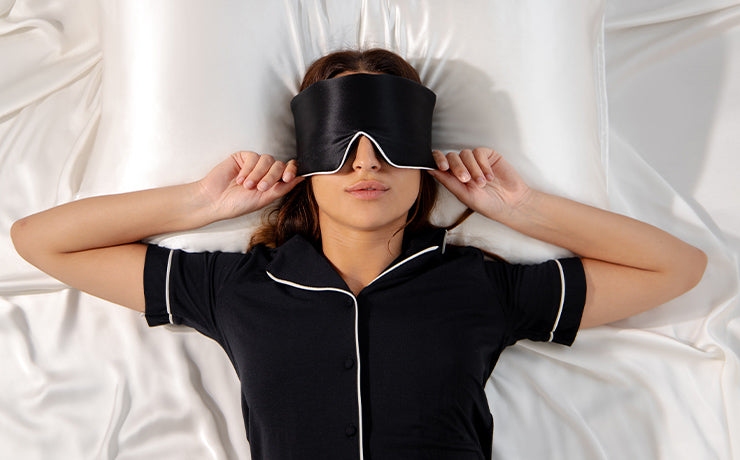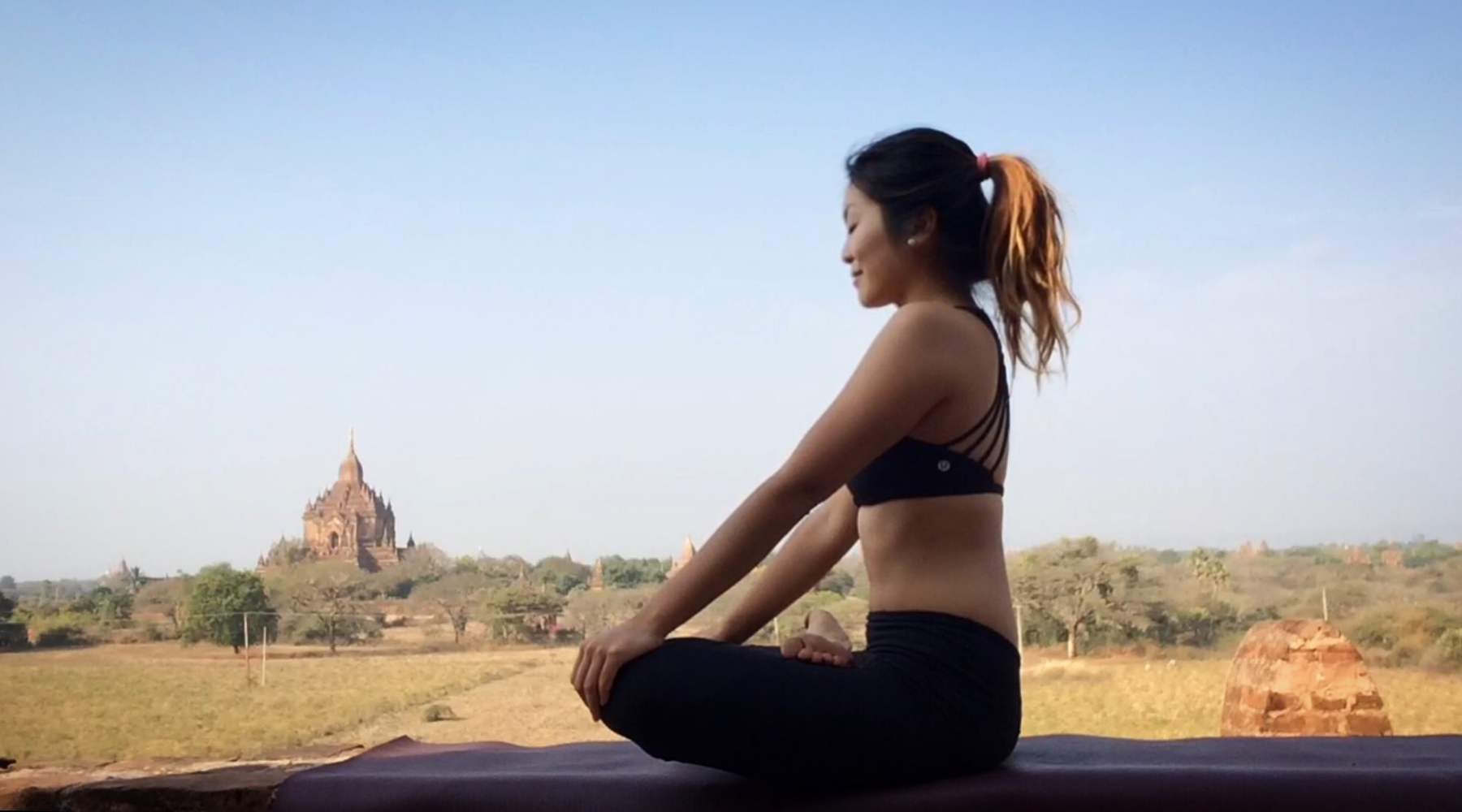Meditation for time poor beginners
Here's an insider tip — the key to unlocking a restful night's sleep isn't just about the moments leading up to when you hit the bed. Rather, it's about establishing a consistent sleep schedule, creating a conducive sleep environment, and managing your mental and emotional state throughout the day.
Now, if the thought "Oh no, they're about to suggest meditation" just crossed your mind, you're spot on. But HOLD ON…we're not about to recommend the conventional practice of sitting quietly with your eyes closed for 20 minutes daily.
We're going to explore ways to integrate meditation into your life, especially for those who feel they're too busy to engage in traditional meditation practices.
Let's dive into the basics.
Why does everyone talk about meditation?
It is commonly believed that achieving a 'good night’s sleep' requires seven to eight hours of rest. However, the key to a restorative sleep lies more in its quality rather than the mere hours spent asleep. Often, the root of sleep disturbances can be traced back to an overactive mind, especially at the time when we're supposed to relax and unwind: bedtime.
This is where the practice of meditation comes into play. It proves to be an excellent partner for sleep as it prepares the ground for high-quality rest by calming the mind first.
Meditation and sleep
While the magic number behind a ‘good night’s sleep’ is said to be around seven to eight hours a night, the truth of the matter is that healthy sleep is more about quality than quantity. More often than not, sleep issues start with a busy mind and when do our minds get the busiest? That's right…bedtime.
Enter meditation. Such a good bed fellow for sleep because that good quality rest all starts with a settled mind.
Start with practicing the one-minute breath
Before diving deep into a meditation regimen, let's begin with something straightforward: the one-minute breath exercise. Why start here? It's simple: on days overwhelmed by endless tasks, adding one more activity might seem daunting. Yet, practically everyone can find a minute to spare.
The one-minute breath is transformative, offering a sense of equilibrium on your busiest days. It epitomizes meditation in its simplest form and goes as follows:
- Inhale for 5 seconds
- Hold your breath for 5 seconds
- Exhale slowly for 5 seconds
- Pause for 5 seconds without breathing
- Repeat the cycle for one minute
This practice proves that even the busiest among us can incorporate meditation into our daily lives.
Habit stacking
Integrating meditation into daily activities is an excellent strategy for seamlessly incorporating it into your routine. Do you commute by car to work? Take this as an opportunity to engage in a minute of deep, deliberate breathing before turning on the ignition or utilize the pause at every red light to breathe in for four counts and out for four counts until it's time to move again.
Similarly, while waiting for your coffee to brew or the kettle to whistle, seize these moments for mindfulness instead of defaulting to scrolling through your phone. Direct your focus towards your breath and mind. Such simple acts of mindfulness can cumulatively enhance your well-being, turning into a beneficial routine before you know it.
Moreover, many smartwatches come equipped with a mindfulness reminder or a breathing app, making it even easier to find a moment of peace. If you own one, activate the app, relax, and follow the gentle pulse on your wrist as you breathe.
Making meditation a regular thing
Embarking on a consistent meditation journey might seem intimidating, conjuring images of serene yogis and enlightened Zen masters. However, the practice of meditation is far more accessible than many realize—it can be embraced anytime, anywhere, without the need for closing your eyes.
Diving deeper into meditation is made simpler with modern technology. Apps like Headspace and Calm provide an easy entry point, offering guided sessions as brief as three minutes. Such a modest start may seem insignificant, but it's an essential step for beginners.
Incorporate these short meditations into your daily commute, whether you're on the bus, subway, or train, heading to or from work. These moments can serve as your sanctuary, with the option to keep your eyes open or closed, or simply to soften your gaze. Begin with these brief, manageable sessions and gradually extend your practice as you become more comfortable.
For those who find guided meditations beneficial, both Headspace and Calm feature sleep stories designed to help you unwind and fall asleep, enhancing the overall quality of your rest.
Meditating for longer
While brief meditation and mindfulness sessions are excellent for beginners, the true depth and benefits of meditation are realized through longer, more focused practices.
Deepening your meditation journey can take several paths. Consider seeking out a meditation mentor, exploring comprehensive online courses, or diving into the extended guided meditations offered by various apps. Joining real-life meditation groups can also add a unique dynamic and extra motivation to your practice, so it’s worth checking if there are any active groups near you.
Remember, the term ‘practice’ in meditation practice is there for a reason—it’s an art that requires ongoing learning and dedication. If you find your thoughts drifting during meditation, gently guide your focus back to your breathing without self-criticism.
Incorporating more mindful moments into your daily routine naturally enhances your meditation and mindfulness habits. This not only cultivates tranquility throughout your day but also contributes to more soothing sleep. Achieving this balance offers invaluable benefits, truly a situation where everyone gains.






